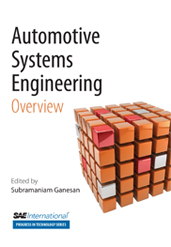Journal Article
A Hybrid Thermal Bus for Ground Vehicles Featuring Parallel Heat Transfer Pathways
2018-04-03
2018-01-1111
Improved propulsion system cooling remains an important challenge in the transportation industry as heat generating components, embedded in ground vehicles, trend toward higher heat fluxes and power requirements. The further minimization of the thermal management system power consumption necessitates the integration of parallel heat rejection strategies to maintain prescribed temperature limits. When properly designed, the cooling solution will offer lower noise, weight, and total volume while improving system durability, reliability, and power efficiency. This study investigates the integration of high thermal conductivity (HTC) materials, carbon fibers, and heat pipes with conventional liquid cooling to create a hybrid “thermal bus” to move the thermal energy from the heat source(s) to the ambient surroundings. The innovative design can transfer heat between the separated heat source(s) and heat sink(s) without sensitivity to gravity.

